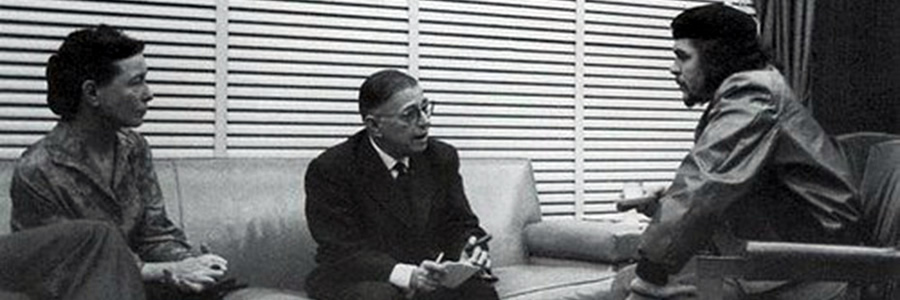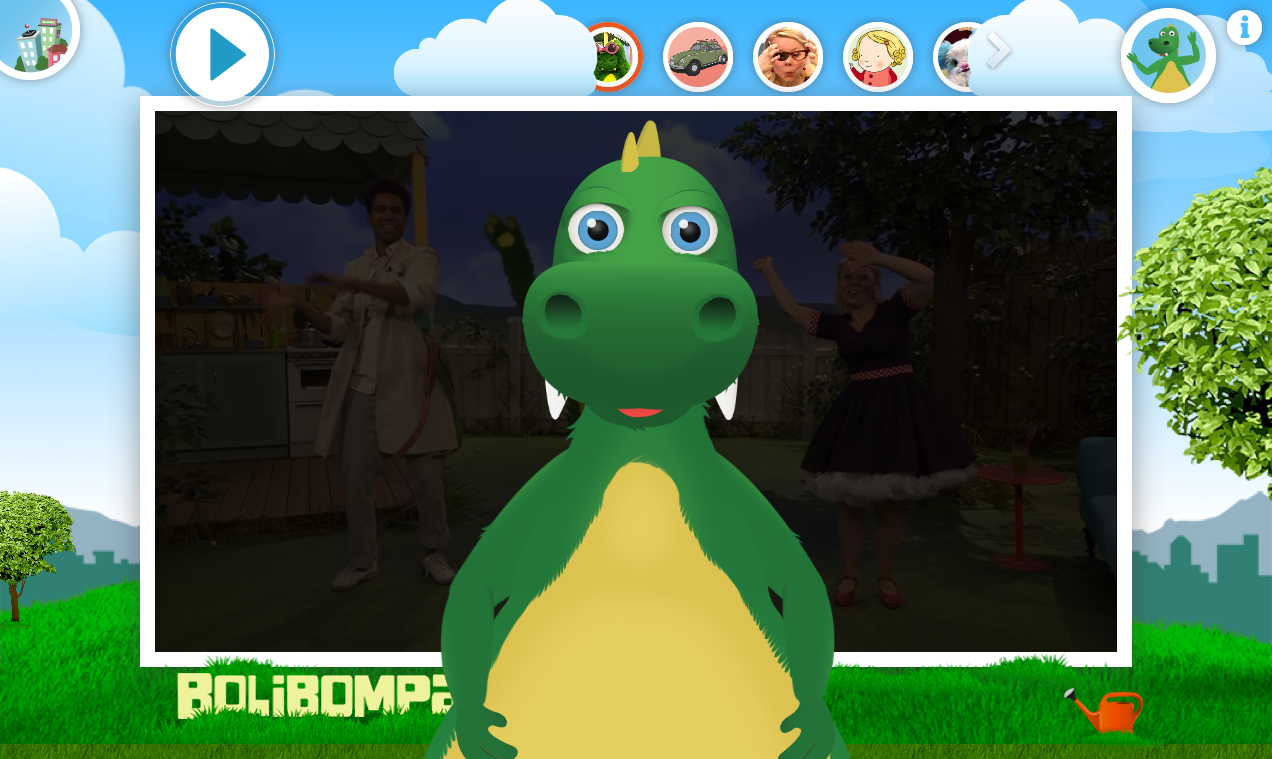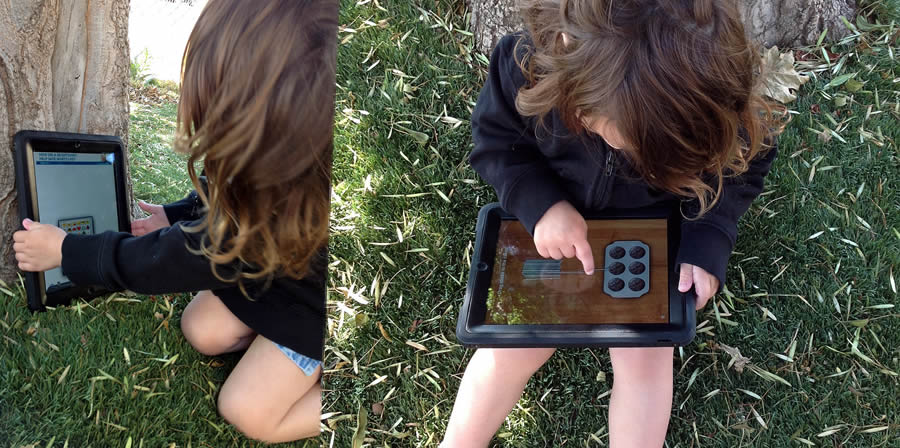Interviews help me understand the life and desire of those that will use the artefacts that I help design.
In part 1 I wrote about usability tests. The quick usability tests I conduct help establish the validity (or invalidity) of all the small design choices I make. Interviews, on the other hand, is a tool for understanding the desires that my artefact should help fulfill and the context of use for the artefact. Interviews can help answer questions such as “How do persons decide/negotiate which channel to watch?”, “How is a working day structured?” and “Which apps do they use to communicate with? And whom do they chat with in the apps?”. Interviews can give anecdotal answers to specific questions but also help create Personas and give inspiration.
Preparations
- We decide what we want to understand and about whom.
- I find individuals who are part of the group of persons we want to understand better and invite them to participate. The invitation need to tell, to some degree:
- Who we are and what we do.
- What we want to accomplish with the interview.
- Which value their participation will bring to the project.
- I write an initial “script” of discussion points and activities.
Setup
- One interviewee or possibly a small group if we want to understand group dynamics.
- Me and a colleague.
- The interviewee chose where to meet – in their home, in our office or elsewhere.
Procedure
- We introduce ourselves and talk a bit about our work. I repeat the info from the invitation about what we want to accomplish etc. I work hard to find a balance between “giving away to much” and not giving enough details. I want the participant to feel comfortable but not be too primed. We also find a comfortable place to sit, lie or stand during the discussion.
- I tell the interviewee how we will document the session and ask for permission if we want to record it. Normally written notes are sufficient but video can be efficient as an internal communication tool – it’s difficult for stakeholders to dismiss video of actual “users”.
- We start asking the questions in the script but are not afraid to go on tangents – that’s often where the surprises lurk. We listen for direct and indirect answers and take extra care to note items that are contrary to our views.
- We often ask the interviewee to show us something. An activity helps create a natural break in what can otherwise become a boring session of just speaking. It is also valuable to see the interviewee interact with their device or act in the context that my artefact will be used.
- It’s important to notice when the interviewee gets tired or wants to stop. It is rare that interviews end before all points are answered, but it happens.
- An interview should never be more then 60 minutes long.
- After thanking the interviewee for their time we directly collate and discuss what we heard and experienced during the interview. A short written report is also created.
- Before the next interview we refine the script based on the experience of the session and the new questions that the interview gave us.
- After an appropriate number of interviews, usually 8–12 in total, we summarize our findings, combine our insights with previous knowledge and give recommendations.
Building trust
Interviews are very personal and intimate. We are strangers, asking the interviewee to tell us about their lives and thoughts. I need to build trust from the invitation, during the booking phase and of cause during the interview.
The invitation always contain my name and contact details, my place of work and a clear but brief statement of the purpose of the interview. During the e-mail exchange or phone calls that are needed to book the interview I give some more details about the project and the interview (including its duration) and let the interviewee chose where we meet. I always thank the person in advance for the opportunity to meet with them. During the interview I use light humor, sometimes mirror body language of the interviewee and always display very clearly that I am listening to and am interested in what they have to say.
Interviews have been the basis for major decisions and given me very valuable inspiration for big and small design solutions.
Tomorrow: Guided explorations.


